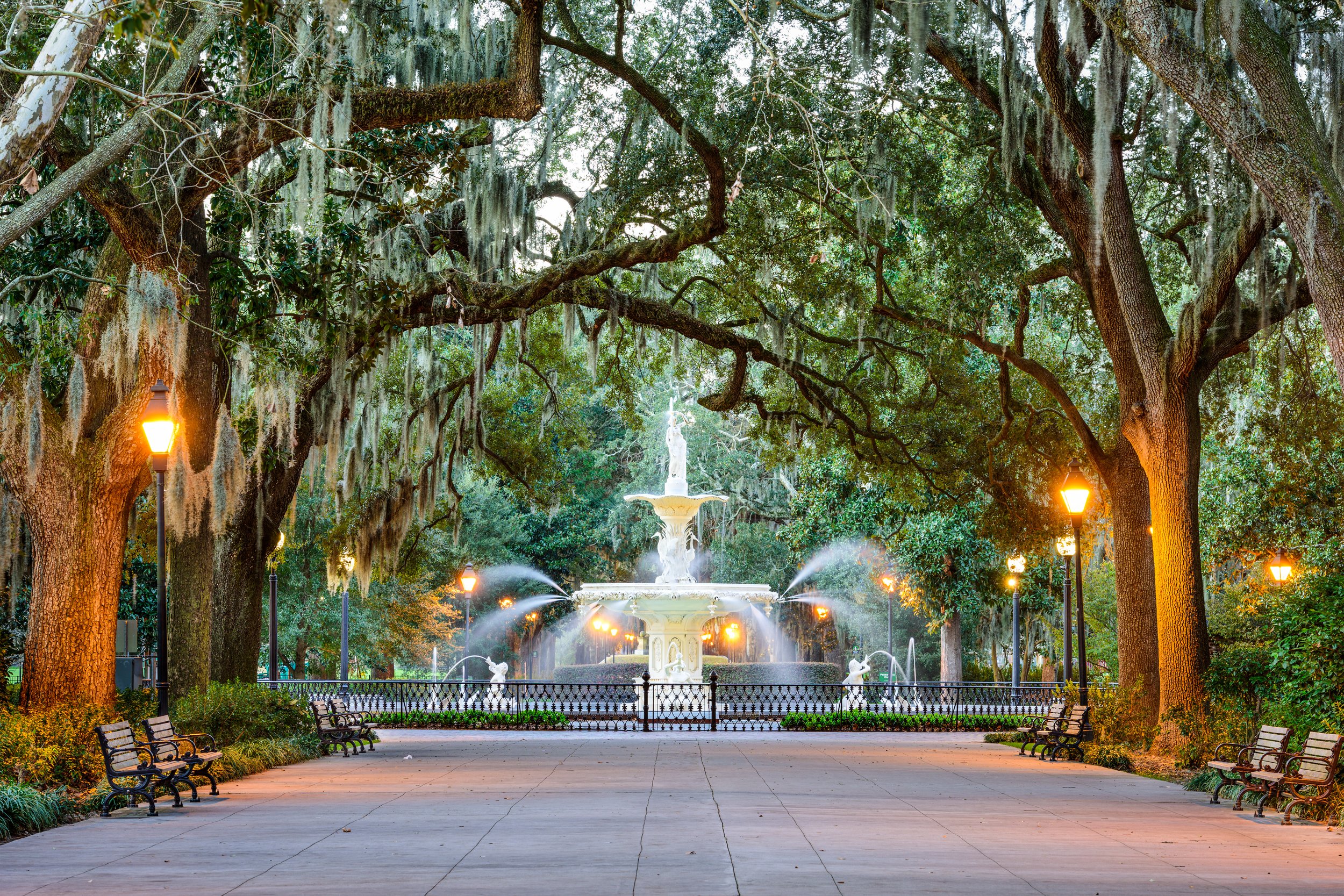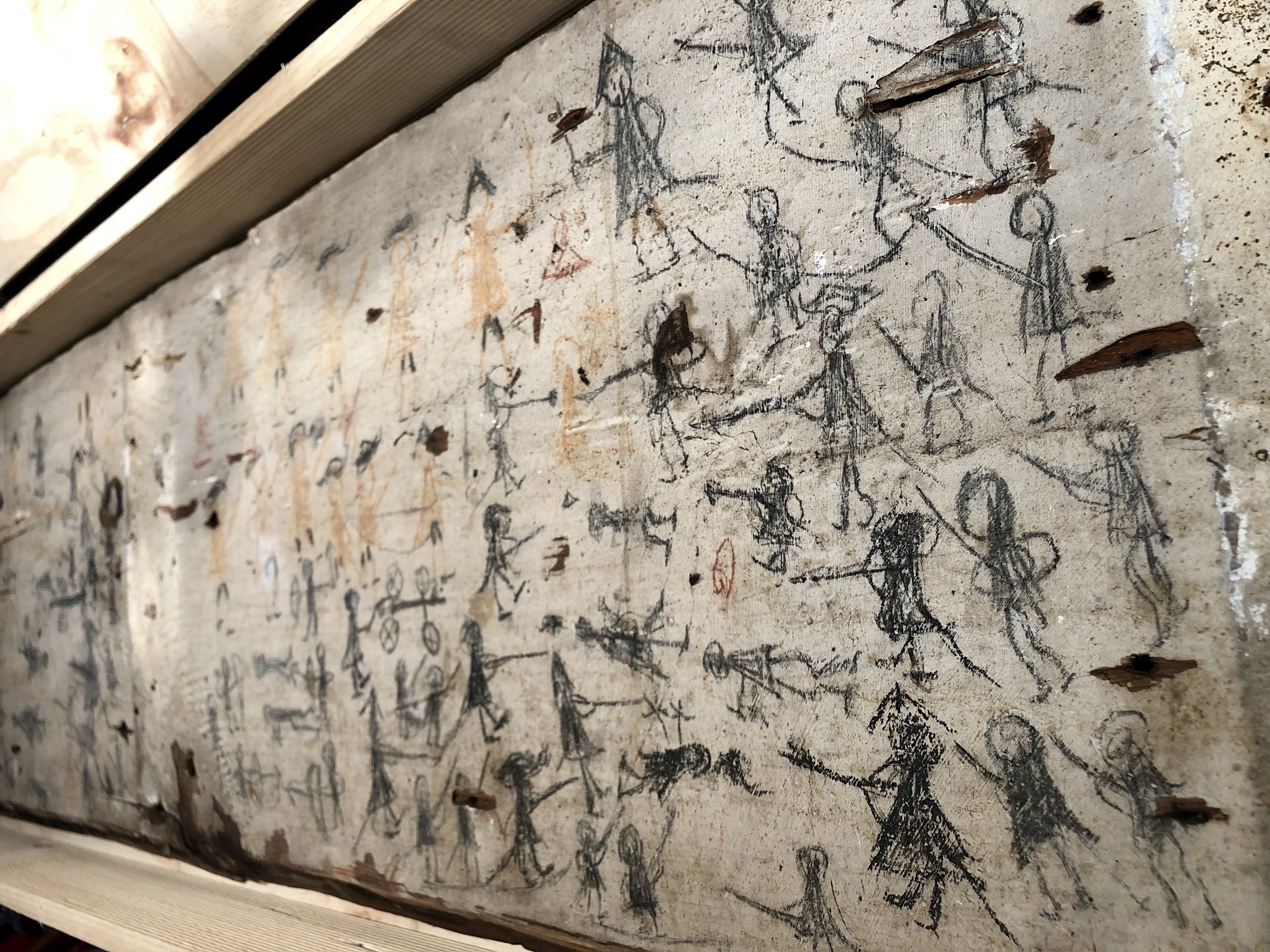
The Georgian Suite
The Georgian suite was originally one of the main bed chambers for the house and the Hills family all the way back to the 1690s. The majority of the room today appears as it would have in the 1740s when the family did a big expansion of the house to hold its ever increasing family under Captain David Hills.
The Georgian suite was originally one of the main bed chambers for the house and the Hills family all the way back to the 1690s. The majority of the room today appears as it would have in the 1740s when the family did a big expansion of the house to hold its ever increasing family under Captain David Hills. Originally the exposed beams in here were actually encased in a simple yet elegant wood cornice. We decided in this space we would leave the beams exposed while retaining the 1740s raised panel wall and double sided unpainted feather edged wall. In terms of historic preservation this may not be the most accurate interpretation of the room, however we wanted to show off the exquisite heavy timber frame in at least one of the guest suites.
One of the many very interesting architectural features in this room is the double sided feather edged wall. This was discovered under later plaster (mid 19th century sawn lath and plaster) and would have originally been exposed in the mid 18th century. Several marks, dates, initials can be found on this wall. Although this discovery during the dismantling of the Hills-Galloway house was remarkable it does not hold a candle to what we discovered under another wall in this room. On the gable wall (opposite wall of the fireplace) we discovered a 7 foot long board used as external wall sheathing, board behind the stud wall and in front of the clapboard siding, that depicts 3 distinct separate battle scenes. Our best guess is these drawings date to the 18th century and could be representations of first hand accounts by the Hills family in either the French and Indian War or the Revolutionary War, which members of the family fought in. To this date, no scholar that we have spoken to has seen such an intricate work of “graffiti” before EVER. This wonderful work can now be seen framed in the Hills Galloway House first floor, if anyone wishes to view it please ask Peter.
The Antiques
Artist Bio: Joseph Blackburn (1700/30-1765/1778)
Joseph Blackburn was an English portrait painter who was prominent in Bermuda and colonial America during the mid-18th century. There seems to be confusion on his dates of birth and death, but most agree he was active in the 1750-1760s and reportedly had a studio in Boston. Accounts have him painting back in England, Wales, and Ireland between 1768 and 1777. Joseph was a favorite among wealthy Boston families and is said to have trained arguably the best portrait artist in colonial America in the mid-late 18th century, John Singleton Copley. It is also rumored that Joseph left his studio in Boston due to the rising popularity of his pupil thus prompting his return to Britain.
Artist Bio: Antoine Vestier (1740-1824)
Antoine Vestier was born in Avallon (Burgundy). He trained in the atelier of Jean-Baptiste Pierre. He was known for his miniatures as well as portraits. His artwork was shown at the Salon de la Correspondence in Paris during the 1780s.







